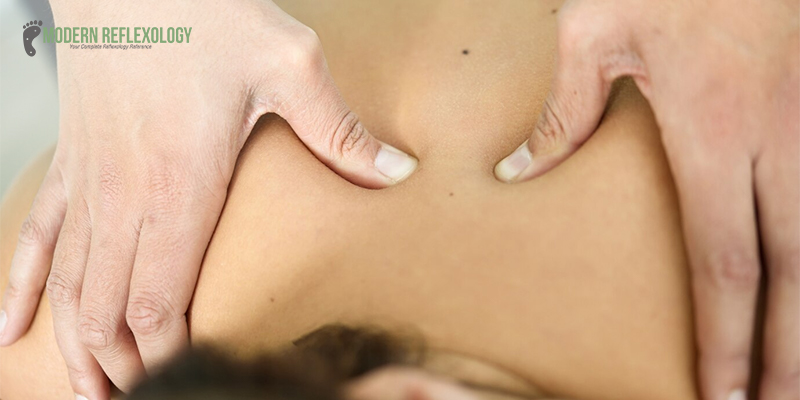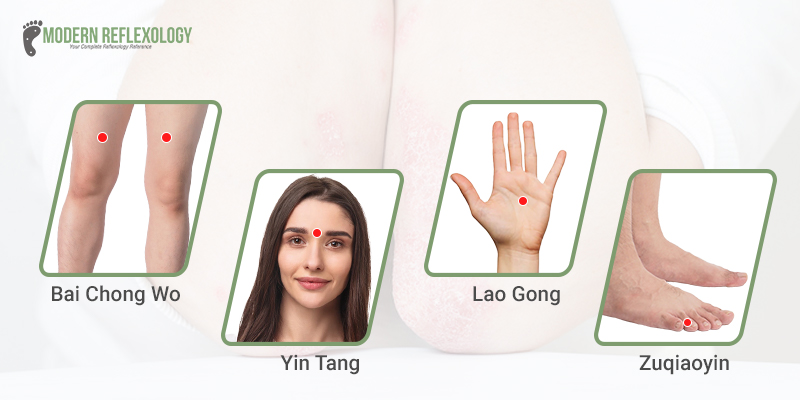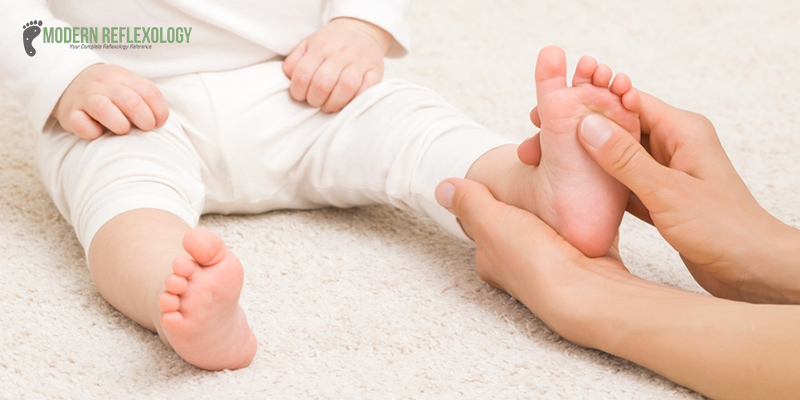The term “eczema” refers to a group of conditions that result in red, itchy, and inflammatory skin. Eczema symptoms can be brought on by various factors, which differ by person. For example, some eczema patients may notice that their symptoms worsen with the changing of the seasons. Many people find eczema, a common skin ailment marked by irritation and itching, to be frustrating. However, relief can be closer than you think thanks to the mild yet effective acupressure techniques. Come learn about the fundamentals of acupressure points for eczema, consider how well it works to treat eczema symptoms, and identify useful acupressure sites to apply for comforting relief. Together, we will explore how to utilize the therapeutic properties of acupressure and discover ease within our own skin.
What is Eczema?
Dry and itchy skin patches are a common symptom of eczema. It’s a frequent but non-contagious disorder. Eczema in hair and its symptoms may worsen if you encounter an allergen or irritant. There is no known cure, however there are therapies to assist you manage your symptoms. Eczema is a skin disorder characterized by dry, itchy, and rough skin. The function of your skin’s barrier, which aids in moisture retention and shields your body from the outdoors, is compromised by this disorder. One kind of dermatitis is eczema. A collection of illnesses known as dermatitis result in inflamed skin.
What is Acupressure?

Using physical pressure to certain body spots, acupressure is an ancient Chinese medical method that helps with pain relief, relaxation, and general well-being. Acupressure, like acupuncture, is predicated on the idea of Qi (energy) flowing through channels called meridians. Acupressure stimulates these acupoints with light pressure to help heal and balance the body’s energy. In contrast to acupuncture, which uses small needles, acupressure applies pressure to the specific locations only using the hands, fingers, or certain tools. This makes acupressure a simple, accessible, and non-invasive therapy that can be used by a qualified professional or practiced at home.
Accupressure and Eczema
As a complimentary therapy, acupressure can be helpful in controlling the symptoms of eczema. Acupressure methods can help people with eczema feel better overall by easing discomfort and reducing inflammation, even if they might not be able to cure the skin condition.
Acupressure points associated with the spleen, liver, and kidney meridians are frequently used to treat eczema. The body’s natural healing processes may be triggered, and circulation is enhanced by applying light pressure to these sites, which may lessen eczema-related inflammation, redness, and itching.
Additionally, acupressure is well known for its ability to reduce stress, which is advantageous for those with eczema in hair treatment because stress and other emotional variables can aggravate symptoms. Acupressure may help avoid flare-ups and enhance the overall treatment of eczema by encouraging relaxation and lowering stress levels.
It’s important to remember that acupressure might help some people with eczema, but it might not work for everyone. A healthcare practitioner should always be consulted before adding acupressure or any other complementary therapy to your treatment strategy for eczema. Furthermore, rather than replacing traditional medical treatments, acupressure should be used with them.
Acupressure Points for Eczema
Acupressure to treat eczema is widely used to decrease the itch caused by eczema. It might not work for everyone, however; its relaxation benefits are widely accepted. Relaxation is a vital component in the management of eczema and is one of the most significant issues that impact quality sleep at times of stress. Stress is a very common trigger for eczema.
Some pressure points that reduce the symptoms of eczema are:
1. Bai Chong Wo
The Bai Chong Wo point is located just above the kneecap. With the person lying down, you should rub this point in circular motions for about 30 seconds. This should also be repeated on another leg. This specific acupressure point should alleviate the itching sensation of eczema. Bai Chong Wo translates as a hundred insect burrow which is an amazing description of eczema itch.
2. Yin Tang
Yin Tang point is a popular pressure point promoting sleep. Additionally, this pressure point also alleviates discomfort and pain caused due to eczema. A lot of parents use this point to put their babies to sleep when they are inconsolable. The Yin Tang point is in the center of the face. Massaging here can alleviate the symptoms caused by eczema.
3. Lao Gong
The specific point is on the hands and is in the bend of the second finger into the center of the palm. Using a gentle circular motion, rub gently on this point. This will soothe the itchiness caused by eczema.
4. Zuqiaoyin
The Zuqiaoyin is located on the right of the fourth toe. Gently rub on this point for a couple of seconds as it can help with pain, calm the mind, and prevent aggression of eczema symptoms.

Is Acupressure Safe for Children?
A natural and safe method of relieving a child’s pain and suffering is acupressure. Acupressure is a useful at-home treatment that parents and kids can use to encourage the body’s natural healing abilities. It is imperative that acupressure be administered by a qualified acupressure therapist with experience in pediatric acupressure, as there are over 300 acupressure points in the body, some of which are unique to children and others to adults. In between sessions, though, some therapists may also demonstrate to parents’ precise acupressure sites for at-home therapy. Acupressure for baby eczema is known to be quite effective and produces quick results.
The fact that the infant or toddler feels at ease during treatment is the most important factor in acupressure safety. The youngster needs to feel secure and at ease to reduce harm or damage. This frequently entails the parent keeping the child while therapy is provided. It also implies that the child and the therapist must spend time getting to know one another.

Make sure you see a reliable professional for obvious safety concerns. To be extra sure, you might want to get a doctor’s opinion before starting treatment if your child has a significant medical condition.
Final Words
To sum up, although eczema can be difficult to treat, acupressure presents a viable alternative method for reducing symptoms and enhancing general health. Using acupressure to target acupoints linked to immune system, circulation, and stress reduction may help lessen eczema-related discomfort, inflammation, and itching.
Furthermore, as stress is known to aggravate eczema symptoms, acupressure’s ability to reduce stress can be quite helpful in managing the condition. Acupressure can assist people with eczema. Eczema acupressure points prevent flare-ups and enhance their overall quality of life by encouraging relaxation and harmony inside the body.
Frequently Asked Questions
This acupuncture point, commonly used for red, itchy skin disorders, is near the end of the elbow crease.
There are various ways to treat eczema. Some of them are moisturizing skin at least twice a day, applying an anti-itch cream to the affected area, taking oral allergy medication, and using a humidifier among many others.
Hair loss may result from seborrheic eczema if treatment is not received. This is because an unhealthy and inflammatory environment may make it difficult for the follicles to grow. In addition to picking and scratching their scalps, those with the disorder run the risk of experiencing further hair loss.
Topical ointments such hydrocortisone (steroids), fluocinolone, desonide, and clobetasol can be recommended to patients; however, because of their potency, they should only be administered for a maximum of two weeks at a time.
To hydrate your scalp, try applying an emollient, a moisturizing agent, or a mix of salicylic acid and tar. After parting your hair, rub the therapy into your scalp. Complete tasks in groups.

Comments are closed